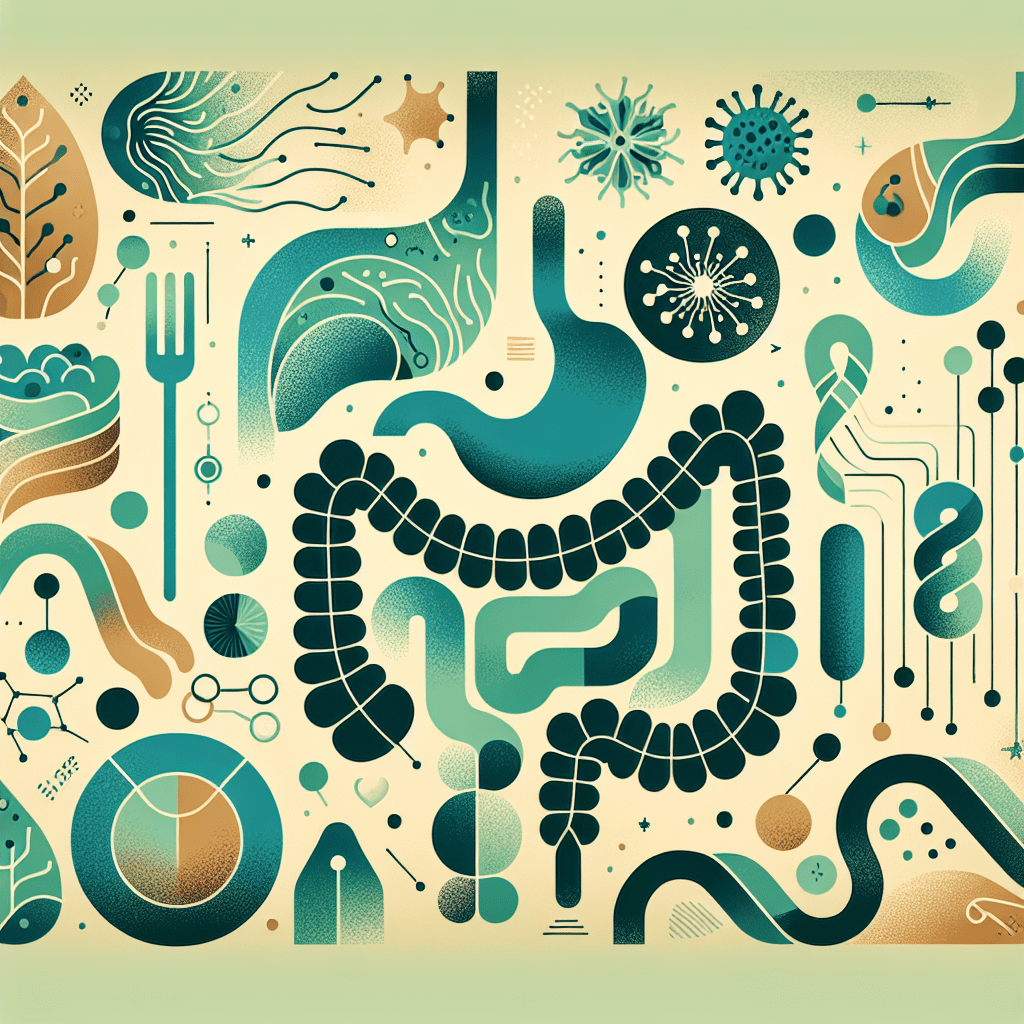
Which tests for digestive problems?
Discover the most effective tests for diagnosing digestive problems. Learn which assessments can pinpoint your symptoms and guide you toward... Read more
Discovering essential abdominal imaging techniques helps clinicians tailor the right test to the patient and the clinical question. Ultrasound is often the first-line modality in abdominal imaging techniques due to its safety, portability, and real-time assessment. With B-mode imaging, Doppler, and graded compression, ultrasound excels at evaluating gallstones, biliary obstruction, liver lesions, kidneys, and the appendix in certain settings. Practical tips include using the appropriate transducer (high-frequency for superficial structures, curvilinear for deeper organs), asking the patient to fast when gallbladder visualization is needed, and optimizing patient positioning and breath-hold technique to reduce gas and improve acoustic windows. Operator skill and equipment quality matter, as ultrasound is highly operator-dependent but remains an invaluable bedside tool in clinical decision-making. Computed tomography (CT) adds speed and anatomic detail when ultrasound is inconclusive or when acute abdomen is suspected. CT with intravenous contrast provides arterial and venous phase information, enabling rapid evaluation of inflammation, perforation, obstruction, vascular compromise, and intra-abdominal pathology. For specific indications, CT enterography or multi-phase protocols can offer enhanced detail of the bowel or pancreaticobiliary system. Important practical considerations include minimizing radiation exposure with dose-optimized protocols, assessing kidney function and allergy history before contrast, and choosing appropriate timing and phase protocols based on the suspected disease process. CT is particularly powerful in polytrauma, appendicitis evaluation, and complex intra-abdominal infections where speed and coverage are critical. Magnetic resonance imaging (MRI) complements ultrasound and CT by delivering superb soft tissue contrast without ionizing radiation. MRI is especially useful for characterizing focal liver lesions, biliary tract imaging with MRCP, pancreatic disease, and renal or retroperitoneal pathology, as well as for detailed liver fibrosis assessment. In abdominal imaging techniques, diffusion-weighted sequences and hepatobiliary contrast agents can aid lesion characterization and functional assessment. Practical tips include selecting sequences such as T1- and T2-weighted images, ensuring breath-hold capability for better image quality, and using contrast-enhanced studies when kidney function allows. MRI tends to be longer and less available in emergent settings, so it’s typically reserved for problem-solving after ultrasound and CT. Integrating imaging insights with broader gut health assessments can enhance diagnostic clarity in many cases. As a provider of a white-label Gut Health Operating System, InnerBuddies brings a modular platform that can power microbiome testing products alongside imaging data for a more holistic view of gut health. Core offerings include a Gut Microbiome Health Index and a detailed overview of Bacteria abundances and functions, along with Target Group analyses and personalized nutrition and probiotic guidance. Consumers can access gut test solutions directly, while B2B partners can deploy InnerBuddies capabilities at scale. Learn more about the microbiome test and how it complements imaging-driven diagnostics by visiting InnerBuddies microbiome test, then explore ongoing support and membership options at InnerBuddies gut health membership. If you’re a business exploring scalable partnerships, see the InnerBuddies B2B partner program for details.

Discover the most effective tests for diagnosing digestive problems. Learn which assessments can pinpoint your symptoms and guide you toward... Read more